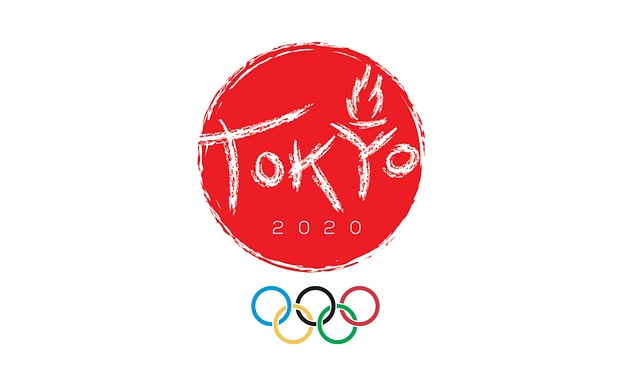Architect Zaha Hadid in bid to win back Tokyo 2020 Olympic stadium contract
Zaha Hadid, the British-Iraqi architect whose design for Tokyo 2020 Olympics main stadium was unceremoniously dumped in July, is to join forces with a Japanese firm to win back the project.
Hadid and design and engineering company Nikken Sekkei are poised to submit a fresh bid weeks after her successful stadium design was scrapped amid soaring construction costs and a growing public backlash.
The stadium debacle and last week’s decision to abandon the 2020 Games’ official logo amid plagiarism claims have cast a shadow over preparations for Tokyo’s first summer Olympics since 1964.
The firms said they would offer “the most cost-effective delivery plan” to ensure the stadium was ready in time, although they have yet to identify a new contractor able to build the venue at a lower cost and under stricter time constraints.
Under revised guidelines announced by the government, the cost of the new stadium will be capped at 155bn yen £855m, far lower than the most recent estimate of 250bn yen for Zahid’s initial design.
The number of seats has been reduced from 72,000 to 68,000, with another 12,000 to be added later to meet the 80,000 minimum required shouldJapanlater decide to bid for the football World Cup.
“Building on the two years of work and knowledge in which the Japanese people have invested, ZahaHadid Architects and Nikken Sekkei are able to quickly develop a comprehensive and fully costed design,” Hadid said.
“In partnership with a committed construction contractor we can deliver the most cost-effective delivery plan that will ensure the new national stadium is ready in good time for the preparations ahead of Tokyo 2020.”
She added: “Our team in Japan and the UK have worked closely with Nikken Sekkei to develop a design for the new national stadium for Japan that meets the government’s core principles, and it is an honour to be invited to progress the design together with Nikken Sekkei to the revised technical brief.”
The stadium, which was also due to host several matches during the 2019 Rugby World Cup hosted by Japan, was cancelled in July at the request of prime minister, Shinzo Abe, after costs ballooned to £1.3bn, almost twice the initial estimate.
The government was forced to apologise for wasting billions of yen of taxpayers’ money after it pulled the plug on Hadid’s original design. Tokyo had already paid out around 6.2bn yen (£35m) to Hadid, other architects and construction firms, when it cancelled the stadium.
The size and design of the futuristic stadium had prompted a chorus of disapproval from fellow architects and Tokyo residents, with some likening it to a bicycle helmet, a turtle and a toilet seat.
With construction now not due to start until late 2016 or early the following year, World Rugby demanded that the tournament’s organisers offer assurances by the end of this month over alternative venues and the event’s finances.
Hadid, who insists there was nothing technically wrong with her initial blueprint, said her joint project with Nikken Sekkei would be ready “in good time” for the Games. Her office recently said the tweaked stadium would also be ready for theRugby World Cup.
Media repots said a competition to choose a new design would be held later this year, with a decision on the architect and contractors to follow in January.
Nikken Sekkei, which has collaborated with Hadid on her stadium design since May 2013, said the firms would use their experience to “further develop the design to the new brief as a cost-effective proposal to realise the world’s best national stadium”.
The quest to find a new logo for the TokyoOlympicsis also gathering pace, after the Games’ organisers decided to ditch its original symbol, which had become embroiled in allegations of plagiarism.
Its designer, Kenjiro Sano, asked that his logo be withdrawn, weeks after a Belgian designer, Olivier Debie, accused him of drawing heavily on own motif for the Theatre de Liege.
Sano continued to deny he had plagiarised the design, but said he had asked it to be withdrawn because it no longer had the support of the public and was affecting the build-up to the Games.
Sano added: “I have to protect my family and staff from persistent attacks and harassment over the ruckus. The situation has become unbearable.”
DesignCrowd, a virtual design studio based in Sydney, held a contest last week to seek a new logo. The winner of the two-day contest, which drew 275 submissions from around the world, waswaytfungwith a simple design based on the Japanese flag, with a red circle and the word “Tokyo” incorporating the Olympic torch.
Other designers have been posting alternative Tokyo 2020 logos online. The RocketNews24website recently highlighted a popular design by Twitter uservivakankan, a Japanese graphic designer living in Spain, that combines a traditional Japanese folding fan and the Olympic rings.
Source: the guardian



